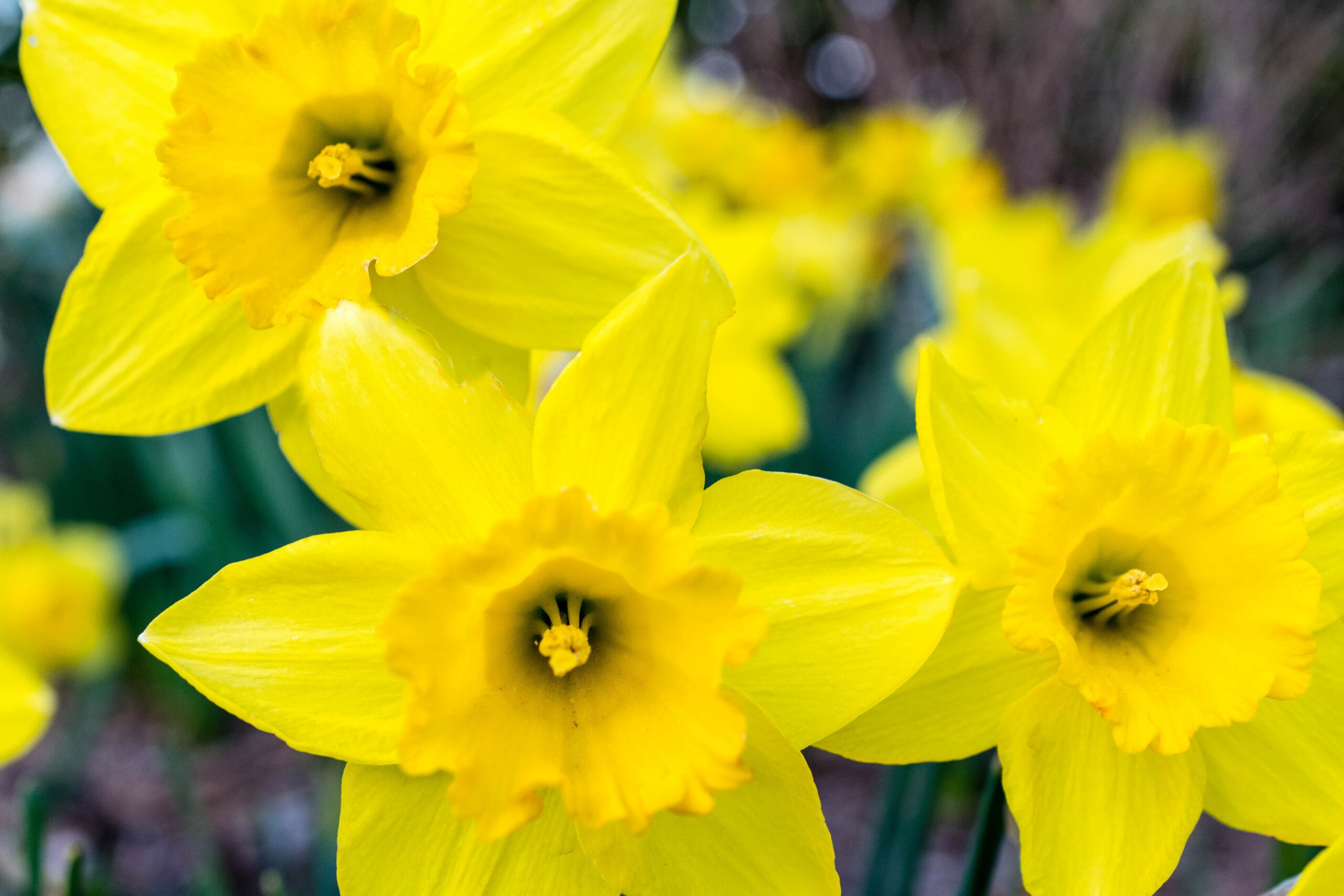Welcome to the start of the growing year, when seeds can be sown, potatoes prepared by chitting and the first flowers: crocuses, daffodils, snowdrops, primroses, winter aconites and pulmonarias show some colour.
February involves pruning many late flowering shrubs to encourage new flowering shoots, for example:
A useful tip for Wisteria – 7 & 2. In the 7th month prune back new growth to 7 buds and in the 2nd month (now) prune these shoots back to 2 buds; you can also cut out some tangled old wood.
Winter jasmine can be cut back after flowers have faded to 5cm/2” from a main stem.
Late-flowering clematis can be cut down to a strong pair of buds about 30cm/12” from the ground. This will stimulate the new growth that bears the flowers.
Hydrangeas: leave mophead hydrangeas until March before dead-heading; they flower on last year’s growth, but prune Hydrangea paniculata to an open framework now because they flower on current season’s growth.
Bush roses can be encouraged by pruning back to outward facing buds late in the month.
Fuchsias should be cut hard back to 15cm/6” and Santolina and Lavatera to low, well-placed branches.
Buddleia can be cut back to a low framework at the end of the month (too early, and the new growth thus encouraged will be damaged by frost).
After pruning, a top-dressing of compost or general fertiliser should be applied.
Sowing seeds
Under cover, sow tomatoes, lettuce, sweet-peas, chillies and peppers.
Under cloches, broad beans, cabbages, parsnips, beetroot.
Plant shallot sets and garlic cloves, if you did not do so in the Autumn.
Tidy up
Cut down the top growth of herbaceous perennials and ornamental grasses to make room for new shoots.
Fruit
Feed your fruit bushes and trees with a high potash or general fertiliser.
Autumn-fruiting raspberry canes can be cut to the ground and summer-fruiting canes thinned out.
Did you know ?
National Nest-box Week starts on 14th February – house your garden birds!


